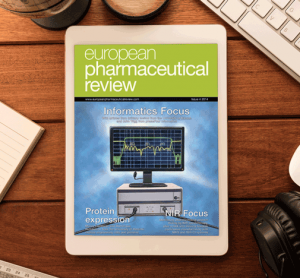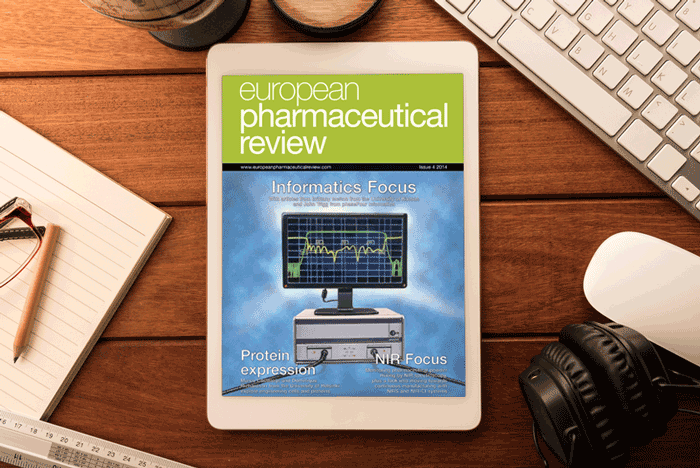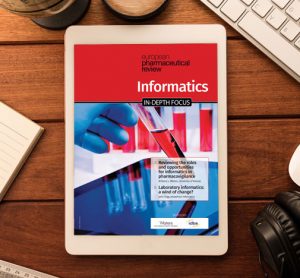A history of recombinant protein technology in small molecule drug discovery
28 October 2014 | By Rick Davies, Associate Director, AstraZeneca / Ian Hardern, Senior Research Scientist, AstraZeneca / Ross Overman, Associate Principal Scientist, AstraZeneca
Recombinant protein production is a prerequisite and essential component of most modern small molecule drug discovery programs. Target proteins are required to underpin screening, structural and mechanistic studies providing data that drives chemical design. From the initial establishment of recombinant protein production in the pharmaceutical industry in the 1980s, systems…


































